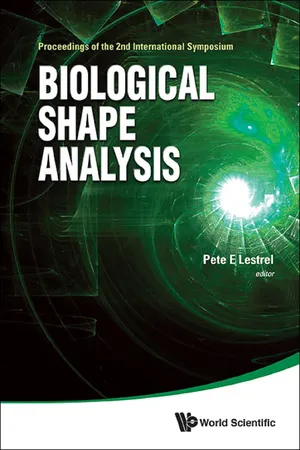
Biological Shape Analysis - Proceedings Of The 2nd International Symposium
- 234 pages
- English
- ePUB (mobile friendly)
- Available on iOS & Android
Biological Shape Analysis - Proceedings Of The 2nd International Symposium
About This Book
This proceedings volume describes the current state of research dealing with biological shape analysis. The quantitative analysis of the shape of biological organisms represents a challenge that has now seen breakthroughs with new methodologies such as elliptical Fourier analysis, quantitative trait loci analysis (QTLs), thin plate splines, etc. The volume also illustrates the diversity of disciplines that are actively involved in the characterization and analysis of the biological shape. Some of the papers deal with the need to relate the underlying genome responsible for the actual observed characteristics of form. Moreover, many of the papers focus on the relationship of the shape to the processes that determine the biological form, an issue of major continuing concern in biology.
This volume brings together for the second time practitioners from a variety of disciplines who have been concerned with the necessity of applying new methods to the analysis of biological shape. Previous methodologies based on the conventional metrical approach (distances, angles and ratios), have not been able to adequately capture — in quantitative terms — the subtleties and complexities of biological form due to its irregularity. This volume represents an initial attempt to quantitatively characterize the biological form in both two- and three-dimensions, as it is actually perceived.
There is no volume available that deals with the subject matter of these Proceedings. The papers represent, as in the first proceedings, a unique look at: (1) new methodologies developed and used quantitatively describe the biological form; (2) the need to relate the observed biological shape to the underlying processes that determine the shape; and (3) the tremendous diversity of disciplines actively involved in the characterization and analysis of biological shapes. These range from physical anthropology, anatomy, genetics, botany, entomology, forensics, to applied mathematics, etc.
Contents:
- Agricultural Crop Selection:
- Can Machine Vision Substitute for Plant Breeders' Eye? A Case of Whole Crop Shape Selection in Soybean Breeding (Seishi Ninomiya)
- Entomological Studies:
- Genetic Architecture of the Developmental Buffering Machinery for Wing Shape in Fruit Flies (K H Takahashi)
- Effect of Male Genital Spines on Female Remating Propensity in the West Indian Sweet Potato Weevil, Euscepes postfasciatus (N Kumano, T Kuriwada, K Shiromoto and H Tatsuta)
- Morphometric Studies on the Variation of Male Lucanid Beetle Mandibles (H Tatsuta, H Iwata and K Goka)
- Human Morphological Studies:
- Skull and Cranium: Craniofacial Morphology in Human Genetics (T Yamaguchi, R Kimura, A Kawaguchi, Y Tomoyasu and K Maki)
- Vertebral Morphology: An Application of Fourier Transform of Two-dimensional Images: A Case Study of Human Vertebral Tuberculosis of Hokkaido Ainu (O Kondo)
- Mandibular Studies: Representation of the Mandible as a Curve in 3-space: A Preliminary Study Using Fourier Descriptors (R Khullar, P E Lestrel, W Moon and C A Wolfe)
- Mandibular Studies: Mandibular Shape Analysis of Plio-Pleistocene Hominins: Fourier Descriptors in Norma lateralis (P E Lestrel, C A Wolfe and A Bodt)
- Whole Body Studies: Assessment of Body Image Perception: A Preliminary Study Using Elliptic Fourier Descriptors (P E Lestrel, N Miyake, M Ishihara and C A Wolfe)
- Primate Studies:
- Craniofacial Covariation in Extant Great Apes: A Geometric Morphometric Study (D Neaux, F Guy, E Gilissen, W Coudyzer, P Vignaud and S Ducrocq)
Readership: Students and researchers in human biology, genetics and genomics, plant science and agricultural science, evolution biology and dentistry and sports medicine.
Frequently asked questions
Information
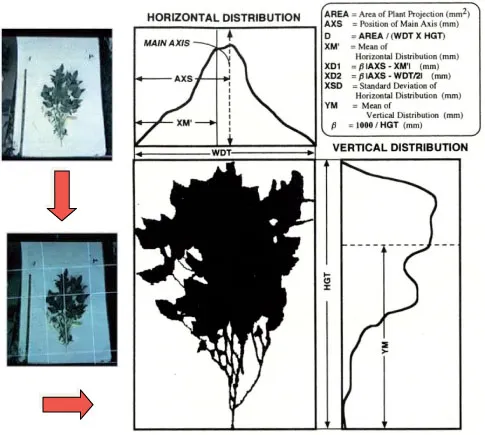
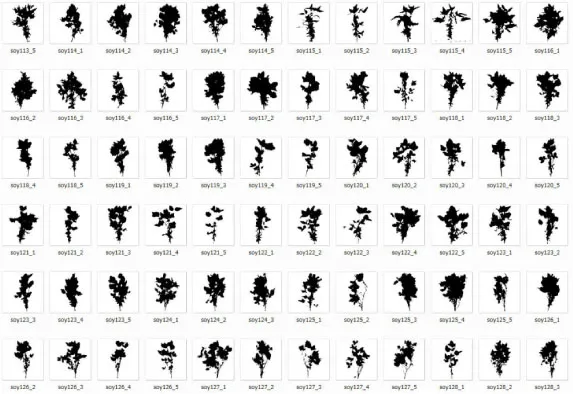
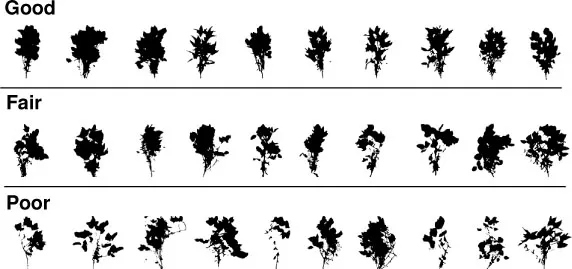
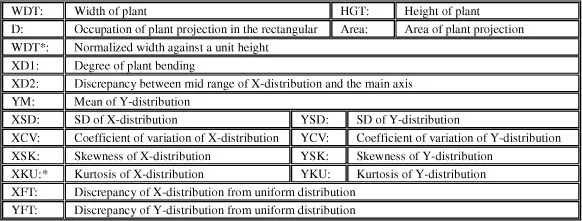

Table of contents
- Front Cover
- Half Title
- Title Page
- Copyright
- Dedication
- Preface
- Content
- List of Symposium Participants
- 1. Agricultural Crop Selection
- 2. Entomological Studies
- 3. Human Morphological Studies
- 4. Primate Studies
- Index